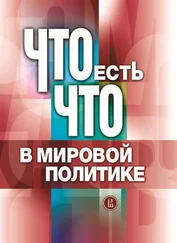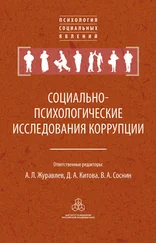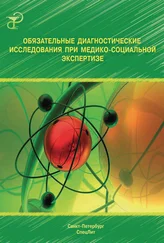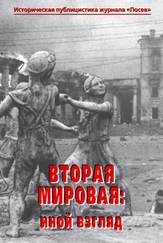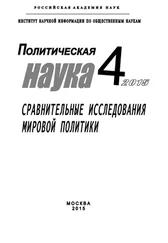На данный момент книга уже опубликована: Bas van Os, Psychological Analyses and the Historical Jesus: New Ways to Explore Christian Origins (LNTS 432; London: T&T Clark, 2011).
David Stannard, Shrinking History: On Freud and the Failure of Psychohistory (Oxford: Oxford University Press, 1980).
R. Bultmann, Jesus and the Word (trans. L. P. Smith and E. H. Lantero; 1934; repr., New York: Scribner, 1958), с. 8.
Луц говорит здесь об эпохе «после лингвистического переворота», указывая на резкую смену ориентиров в европейской философии середины XX века.
Знаменитое определение Четвертого Евангелия, данное ему во II в. Климентом Александрийским, согласно Евсевию ( Церк. ист 6.14.7).
См. также: Charlesworth, «The Historical Jesus in the Fourth Gospel: A Paradigm Shift?» JSHJ 8 (2010): 3–46.
R. Bultmann, The History of the Synoptic Tradition (trans. J. Marsh; 2 nded.; Oxford: Blackwell, 1968). Оригинал: Die Geschichte der synoptischen Tradition, (Göttingen: Vandenhoeck & Ruprecht), 1921.
M. Dibelius, From Tradition to Gospel (trans. B. L. Woolf; London: Nicholson & Watson, 1934). Оригинал: Die Formgeschichte des Evangelium (Tübingen: Mohr Siebeck), 1919.
R. Bauckham, Jesus and the Eyewitnesses: The Gospels as Eyewitness Testimony (Grand Rapids: Eerdmans, 2006), с. 246–249. См. также: M. Hengel, « Eyewitness Memory and the Writing of the Gospels», в кн.: The Written Gospel (FS G. N. Stanton; ed. M. Bockmuehl and D. A. Hagner; Cambridge: Cambridge University Press, 2005), с. 70–96, особ. с. 76–88.
Ср.: R. Finnegan, Literacy and Orality: Studies in the Technology of Communication (Oxford: Blackwell, 1988), с. 159, 175–177; J. Vansina, Oral Tradition as History (Madison: University of Wisconsin Press, 1985), с. 197.
См., напр.: Finnegan, Literacy, с. 72–73; idem, «Tradition, but What Tradition and for Whom? The Milman Parry Lecture on Oral Tradition for 1989–1990», Oral Tradition 6.1 (1991): 104–124, см.: особенно с. 111; Vansina, Oral Tradition, с. 36–39; I. Okpewho, African Oral Literature: Background, Character, and Continuity (Bloomington: Indiana University Press, 1992), гл. 2. Это возражение против критики форм уже было сделано в книге: T. Boman, Die Jesus Überlieferung im Lichte der neueren Volkskunde (Göttingen: Vandenhoeck & Ruprecht, 1967), с. 10, 29.
Vansina, Oral Tradition, с. 122, 129–130.
Там же, с. 25–26, 53–54.
Там же, с. 14.
Okpewho, African Oral Literature, с. 183. Используемый им термин «легенда» не связан с фактической достоверностью или недостоверностью материала.
A. B. Lord, The Singer of Tales (Cambridge: Harvard University Press, 1960); idem, The Singer Resumes the Tale (Ithaca, N. Y.: Cornell University Press, 1995); A. Parry, ed., The Making of Homeric Verse: The Collected Papers of Milman Parry (Oxford: Clarendon, 1971). Об этом применительно к Евангелиям см.: A. B. Lord, «The Gospels as Oral Traditional Literature», в кн.: The Relationships among the Gospels: An Interdisciplinary Dialogue (ed. W. O. Walker Jr.; TUMSR 5; San Antonio: Trinity University Press, 1978), с. 33–91. Краткий обзор работ Пэрри и Лорда и их значения см. в статье: J. M. Foley, «Introduction», в кн.: Oral Tradition in Literature (ed. Foley; Columbia: University of Missouri Press, 1986), с. 1–18, цит. с. 2–5.
Finnegan, Literacy, с. 173.
J. D. G. Dunn, «Altering the Default Setting: Re-envisaging the Early Transmission of the Jesus Tradition», NTS 49 (2003): 139–175, цит. с. 144–145, 172; idem, Jesus Remembered (CM 1; Grand Rapids: Eerdmans, 2003), с. 194–195, 248–249; W. H. Kelber, «The Case of the Gospels: Memory’s Desire and the Limits of Historical Criticism», Oral Tradition 17.1 (2002): 55–86, цит. с. 64.
В раввинистической литературе галаха сохраняется более верно и ревностно, нежели агада .
B. A. Rosenberg, «The Complexity of Oral Tradition», Oral Tradition 2.1 (1987): 73–90, см.: 81–82; Finnegan, Literacy, с. 166–167, 174–175, 158, 173–174.
Vansina, Oral Tradition, с. 41–42; Rosenberg, «Complexity», с. 85–86.
Принято считать, что эту идею опроверг Эд Сандерс: E. P. Sanders, The Tendencies of the Synoptic Tradition (SNTSMS 9; Cambridge: Cambridge University Press, 1969).
Vansina, Oral Tradition, с. 12–13, 27–29. Однако не все ученые различают эти два понятия точно так же. См. другое использование этих терминов: W. Schneider, … So They Understand: Cultural Issues in Oral History (Logan, Utah: Utah State University Press, 2002), с. 53–66.
То, что авторы Евангелий писали еще при жизни по крайней мере некоторых очевидцев и знали об этом, очевидно, например, из Мф 16:28; 24:34, Мк 9:1; 13:30, Лк 9:27; 21:32, Ин 21:23.
Подробнее о темах, затронутых в этом абзаце: Bauckham, Jesus and the Eyewitnesses, с. 271–278.
Там же, с. 286.
Vansina, Oral Tradition, с. 100–102.
V. Taylor, The Formation of the Gospel Tradition (2 nded.; London: Macmillan, 1935), с. 41–42.
Jesus and the Eyewitnesses: The Gospels as Eyewitness Testimony (Grand Rapids: Eerdmans, 2006). [Русский перевод: Иисус глазами очевидцев. Первые дни христианства. Живые голоса свидетелей (М.: Эксмо, 2014)].
См.: A. C. Thiselton, The First Epistle to the Corinthians (NIGTC; Grand Rapids: Eerdmans, 2000), с. 1205.
См.: R. Bauckham, «For Whom Were Gospels Written?» в кн.: The Gospels for All Christians: Rethinking the Gospel Audiences (ed. Bauckham; Grand Rapids: Eerdmans, 1998), с. 9–48, особ. с. 33–37.
Читать дальше
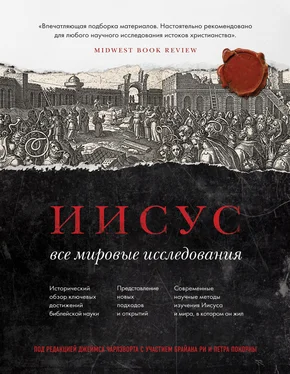
![Коллектив авторов - Что мы думаем о машинах, которые думают [Ведущие мировые ученые об искусственном интеллекте]](/books/31211/kollektiv-avtorov-chto-my-dumaem-o-mashinah-kotorye-thumb.webp)
